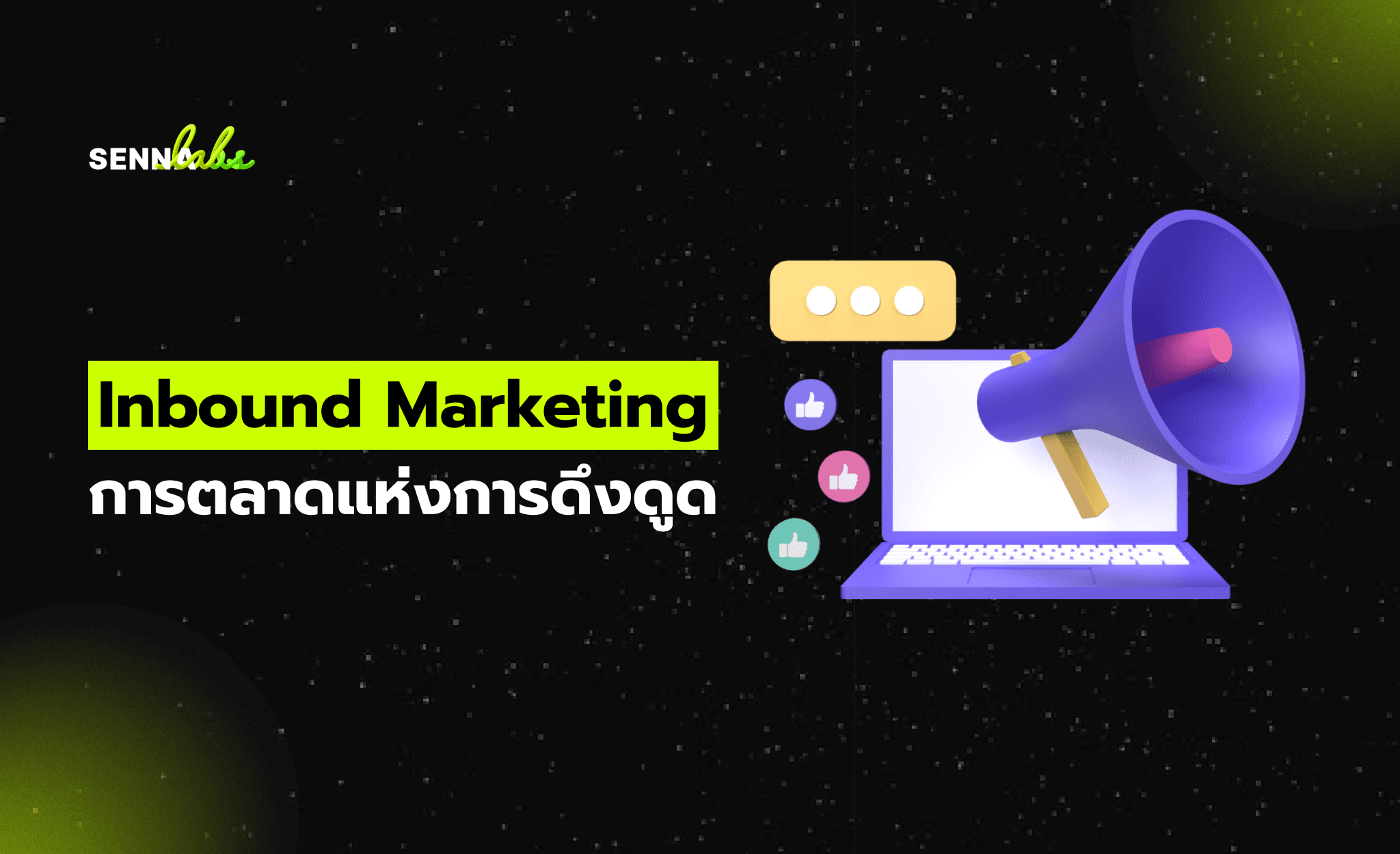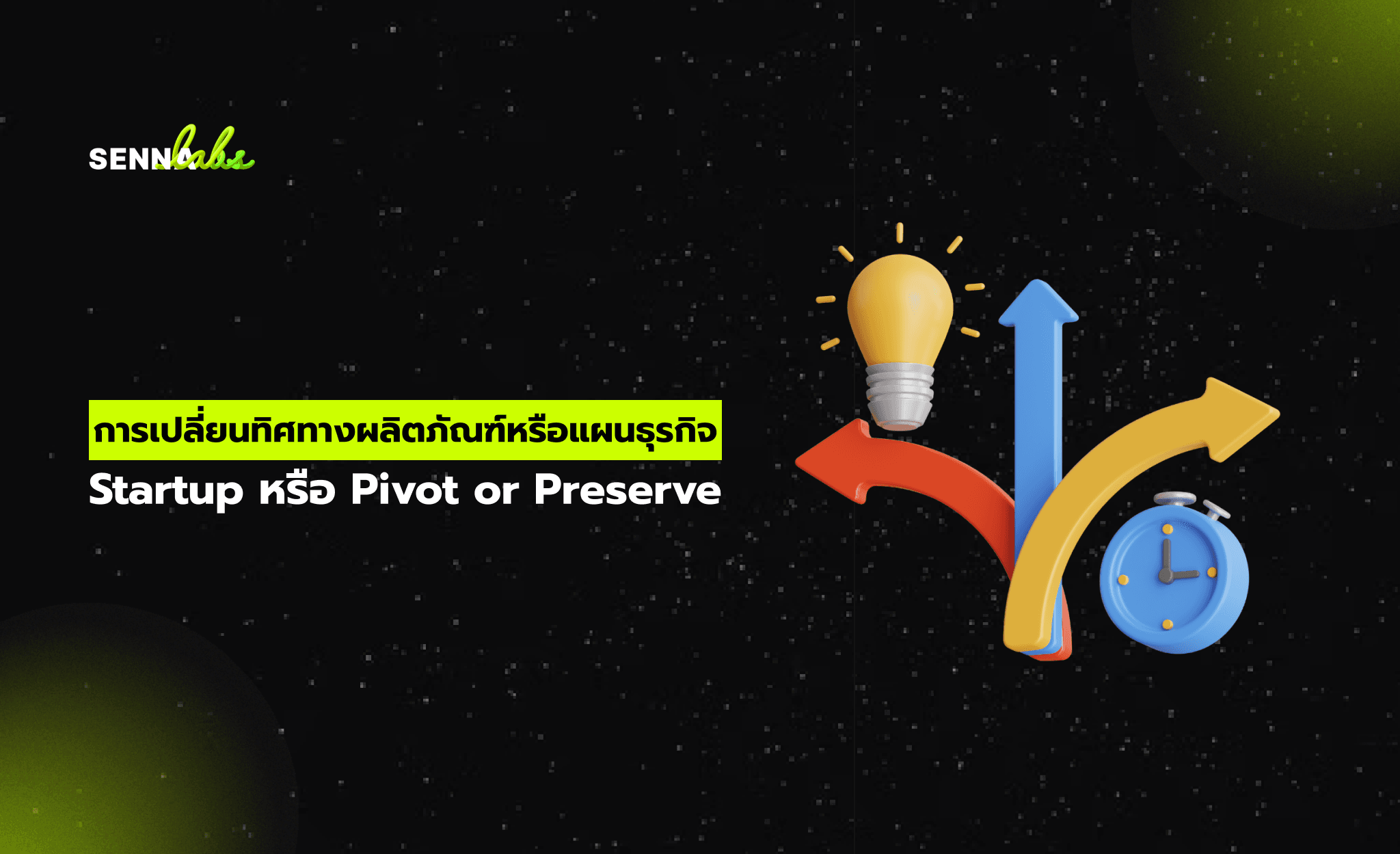How a Well-Designed Hero Section Can Double Click-Through Rates
Share

The hero section of your website is arguably the most important real estate on your homepage. It’s the first thing users see when they land on your site and, in just a few seconds, they’ll decide whether to stay or leave. The hero section is essentially your website’s first impression, and like any first impression, it has to count. A clear, impactful hero section can grab attention, communicate your value proposition, and direct users to take action.
However, slow-loading elements, complicated navigation, or vague messaging can quickly push visitors away. One of the most common issues many websites face in their hero section is the use of auto-rotating banners—which often lead to missed opportunities, frustrated users, and lower conversion rates.
In this article, we’ll explore why simplifying your hero section and focusing on a single, powerful message can boost engagement, increase click-through rates (CTR), and ultimately drive more conversions. We’ll also take a look at a real-world case study where a fashion brand saw a twofold increase in CTR by replacing a slow, rotating banner with a static image and a clear message.

Why the Hero Section Matters
The hero section is where you have a unique opportunity to set the tone for your brand and immediately showcase your key value proposition. The first few seconds a visitor spends on your site are critical for engagement. If your hero section is poorly designed, unclear, or slow to load, visitors are likely to bounce before even interacting with your content.
Here are some important functions of the hero section:
-
Branding: The hero section introduces visitors to your brand and sets expectations for the rest of the site.
-
Clarity: It clearly communicates the main message of your site or offering. Visitors should immediately understand what your website is about.
-
Guiding Action: A well-designed hero section should encourage the user to take action, whether it’s clicking through to shop, signing up for a service, or engaging with content.
If done well, the hero section becomes the main conversion point of your site—encouraging users to click, explore further, or take the desired action.
Common Issues with Hero Sections
1. Auto-Rotating Banners
While rotating banners are visually engaging, they come with a major downside—they load slowly and change too quickly, making it difficult for users to absorb the information presented. Many users ignore or skip over the banner entirely, and important calls to action (CTAs) may go unnoticed.
2. Vague Messaging
A hero section that lacks a clear message or doesn’t convey the main value proposition of your site can confuse users. If they don’t understand what your site is about in a few seconds, they’re likely to leave and search for a more user-friendly option.
3. Slow Loading Times
Heavy images or animations in the hero section can slow down the page load time, leading to frustrated users. According to studies, users expect a webpage to load within 3 seconds—any longer than that, and they’ll leave.
Case Study: Fashion Brand Increases Click-Through Rate by 2x with Static Hero Section
A fashion e-commerce brand had been using an auto-rotating hero banner to showcase their latest promotions, product collections, and sales. While the images and promotions were appealing, the brand noticed that their click-through rates (CTR) on product links were far lower than expected.
The Problem:
-
The rotating banner loaded slowly, particularly on mobile devices.
-
Important CTAs and promotional messages were changing too quickly, causing users to miss them.
-
Users who clicked on the banner often didn’t find what they were looking for, leading to frustration and higher bounce rates.
The Solution:
The design team decided to replace the rotating banner with a single, static image that communicated the most important message clearly. Here’s what they did:
-
Clear, concise messaging: The text on the image was simple and direct: “50% Off Today Only”.
-
Bold CTA: A clear, contrasting CTA button was added that said “Shop Now” and was placed prominently below the message.
-
Optimized for speed: The static image was optimized for fast loading, reducing page load time and improving overall site performance.
-
The image was designed to reflect the brand’s aesthetic and showcase their best-selling product, making it visually engaging without overloading the user.
The Results:
-
The click-through rate (CTR) on product links doubled within just one week of implementing the new design.
-
Bounce rates decreased, particularly on mobile devices, where the design was now optimized for quick loading and easy navigation.
-
Sales increased as the more focused, clear message led to higher engagement with product pages and a more streamlined shopping experience.
By simplifying their hero section and focusing on a single, compelling message, the brand successfully increased engagement and boosted conversions.
Best Practices for Designing a High-Converting Hero Section
1. Focus on a Single Message
Avoid cluttering the hero section with too many competing messages. Your headline should clearly communicate the main value of your product or service in just a few words. Keep it concise, direct, and impactful.
2. Use a Strong Call-to-Action (CTA)
Your hero section should have one prominent, action-oriented CTA. Whether it’s “Shop Now,” “Get Started,” or “Learn More,” the CTA should stand out and be easy to find. Use contrasting colors to make the button pop against the background.
3. Simplify Design for Faster Loading
Opt for a clean, simple design that loads quickly. Avoid overly large images, auto-rotating banners, or complex animations that could delay load times. Use modern image formats like WebP to compress images without sacrificing quality.
4. Optimize for Mobile
Make sure your hero section looks great and functions properly on both mobile and desktop devices. A responsive, mobile-friendly hero section ensures that mobile users—who now account for the majority of web traffic—have a seamless experience.
5. Test and Iterate
Regularly A/B test different hero section designs to see what works best with your audience. Experiment with variations in messaging, images, CTAs, and layouts. Use user feedback and analytics to optimize the hero section continuously.
Conclusion:
The hero section is more than just a decorative part of your homepage—it’s the first thing users see, and it sets the tone for the rest of their experience. A well-designed hero section can significantly impact click-through rates, user engagement, and ultimately conversions.
As the case study of the fashion brand shows, simplifying the hero section by focusing on clear messaging and a prominent CTA can have an immediate and dramatic effect. By eliminating

Share

Keep me postedto follow product news, latest in technology, solutions, and updates
Related articles
Explore all


